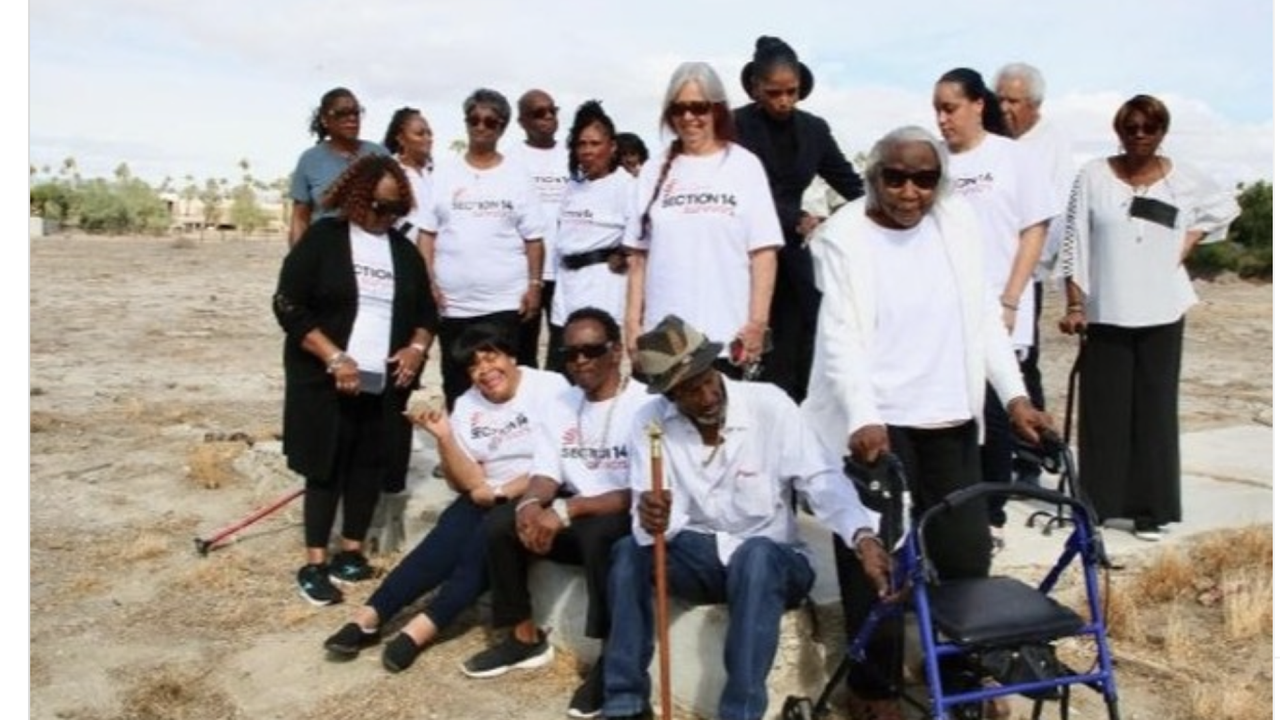
The city of Palm Springs has a longstanding reputation as an affluent playground for the rich and famous. The city, however, has recently made headlines for another reason – its history of demolishing the homes of thousands of Black and Latino families to accommodate development that catered to rich white people.
Officials in the California desert hub have recently apologized for their role in what a state investigation referred to as a “city-engineered holocaust” in Section 14 of Palm Springs. Former residents have submitted claims for over $2 billion dollars in reparations.
“I’ll never forget the cowardice of the act of our family being displaced, herded off like cattle and sheep, having to move from house to house,” Delia Ruiz Taylor told the Los Angeles Times.
Article continues after video.
The Times report revealed a complex operation based on racism and greed that was in process for decades. The federal government kept 6,700 acres that belonged to the Agua Caliente Band of Cahuilla Indians in trust which included Section 14. Under trust regulations, land leases could only be for five years, which made them undesirable to developers.
As an alternative, families of color leased plots of land in Section 14. It was one of the few locations devoid of racial restrictions and housing discrimination. They started building homes, churches and created a community.
However, the Times reported that as far back as the 1940s, local officials started to plan how to take over the land and develop it for things such as hotels, shops, and other businesses.
When lease limits were extended in this community, The Times reports that Congress declared that the Agua Caliente landowners were “incompetent” and could not handle their own business affairs. They appointed conservators and guardians, which included the local chief of police, real estate agents, and Mayor Frank Bogert. The conservators were reportedly supposed to ensure that the tribal members were not swindled.
Section 14 was declared a slum, and as a result, buildings were bulldozed and burned down. Dieter Crawford, a descendant of Section 14 residents on both sides of his family, told the Times that conservators “colluded” with the city by sending people to knock on doors while everyone was in school or at work. If no one answered the door, they called for bulldozers and the Fire Department. Residents would return from work or school to see that their homes had been completely demolished.
The destruction of this community devastated the father of former Section 14 resident Pearl Devers. “He just drank himself to death,” she said. “He was a real hard worker, a good provider. It was just really hard to watch him go down like that because he couldn’t provide for his family.”
In 2022, a group of former Section 14 residents and their descendants filed a reparations claim seeking over $2 billion dollars from the city. They say the burnouts “pushed as many as 2,000 families out of the city, robbing them of political power and generational wealth.”
The city of Palm Springs has apologized for its role in the devastation of this community. It has removed a statue of Frank Bogert, its former mayor who oversaw the destruction of Section 14, from the front of City Hall. The city is also seeking a reparations consultant and has plans to negotiate a settlement.







